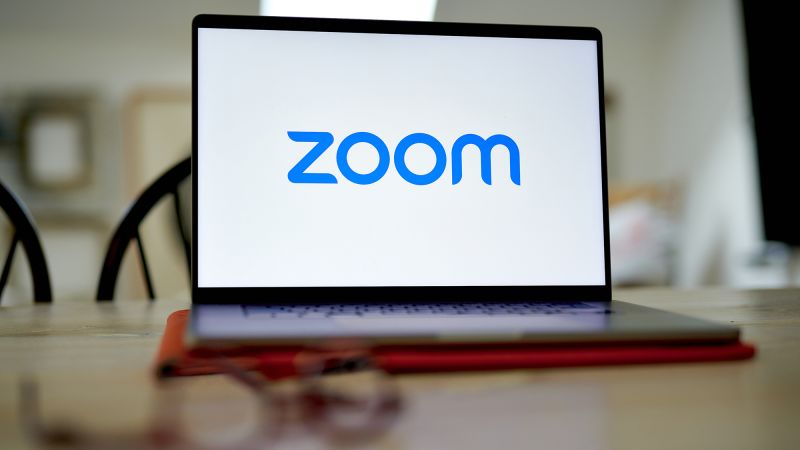On a Wednesday afternoon that turned into an unexpected break for many, Zoom users experienced significant outages that disrupted meetings and access to the platform’s website. This disruption peaked shortly after 3 p.m. Eastern Time (ET) and continued for about two hours before the services were mostly restored, as reported by the online monitoring site, Downdetector.com. The incident allowed countless individuals, particularly remote workers, a rare opportunity to step away from their screens during the afternoon.
According to a spokesperson from Zoom, the company acknowledged that “some users are experiencing an outage.” However, the representative did not clarify the underlying cause of the disruptions. An update from Zoom’s X account around 4:52 p.m. ET confirmed the restoration of service, providing relief to many who were eagerly awaiting the functionality of the platform.
By the height of the outage, Downdetector.com recorded an alarming spike in reports, with more than 60,000 instances of disruption noted within the system on that Wednesday afternoon. Just under an hour later, by 4:43 p.m., the number of outage reports had slipped dramatically to fewer than 10,000. This metric continued to decrease as users tentatively returned to the platform throughout the late afternoon, reflecting a swift recovery of services.
The social media response to this unexpected outage varied widely, combining elements of humor and frustration among users. Many remote workers took to platforms to express their relief over the cancellation of meetings. “Shoutout to Zoom for being down when I really didn’t want to go to a 4 p.m. meeting,” one user humorously remarked on X, while another quipped, “Zoom is down. No more work today.” The light-hearted banter surrounding the outages showcased a culture of resilience and adaptability among those reliant on remote working technologies.
Zoom has emerged as one of the preeminent web conferencing tools, exemplifying its surge in popularity during the COVID-19 pandemic. Alongside its robust video conferencing capabilities, the platform offers a variety of office collaboration tools that facilitate teamwork in an increasingly virtual workplace. The recent outages highlighted the dependency that many have formed around such technologies, suggesting that while there are benefits to remote work, volatility in these systems can significantly impact day-to-day operations.
Interestingly, the Zoom outage was not isolated—it followed a separate incident earlier in the day involving another popular digital platform, Spotify. The music streaming service faced its own challenges, with users reporting difficulties in streaming audio. Fortunately for its users, Spotify managed to resolve the technical issues by midday Wednesday, as communicated via a post on X.
In conclusion, while the Zoom outage provided an unintended respite for many scheduled meetings, it also served as a reminder of the vulnerabilities associated with digital communication platforms. Acknowledging these incidents, both Zoom and Spotify swiftly communicated about their respective issues, maintaining transparency with users. The unexpected downtime ultimately fostered moments of humor and camaraderie among users, underscoring the importance of connectedness—even in times of digital disruption. The ability of individuals to adapt, laugh, and forge connections amid technological failures reflects a resilient work culture that continues to evolve as digital demands shift.











